Flow meters are industrial tools used to measure important characteristics (volume, mass, and velocity) of fluid flows in various applications. Fluids measured include liquids, gas, and vapor. Most often, flow meters are used to measure the characteristics of volume, mass, and velocity. Such measurements can occur either via direct methods or indirect methods that infer characteristics from other parameters. Read More…
Sierra manufacturers high performance mass flow meters and controllers for nearly any gas, liquid or steam. Customers choose Sierra when they need an accurate and repeatable flow measurement, short delivery lead times, expert flow advice and long term support. When it matters, choose Sierra. Visit www.sierrainstruments.com.
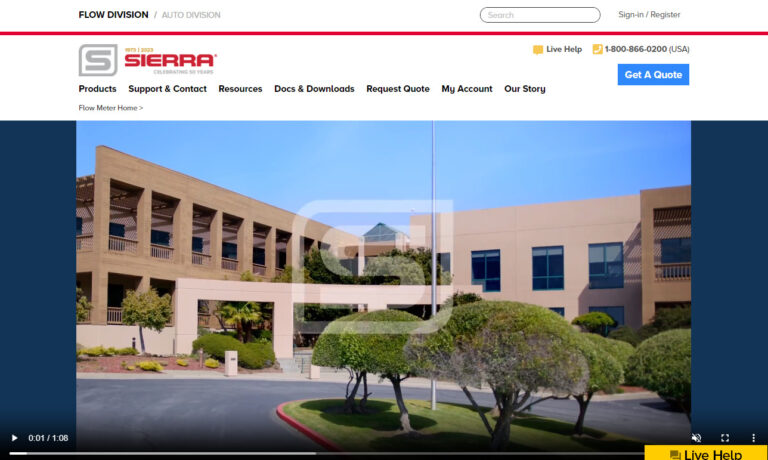
FTI Flow Technology specializes in liquid flow meters, gas flow meters, water flow meters, mass flowmeters, ultrasonic flowmeters and air flow meters. FTI Flow Technology is recognized worldwide for providing high-accuracy flow metering solutions with unmatched flow measurement resources.
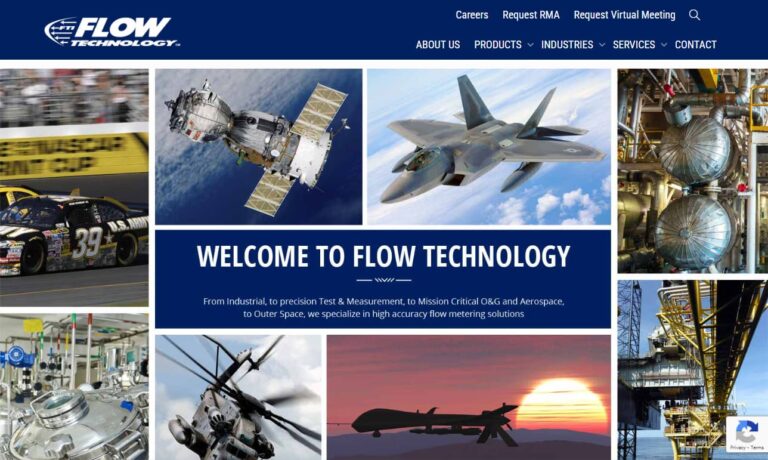
At SmartMeasurement, we pride ourselves on our cutting-edge flow meter products that redefine precision and reliability in fluid measurement. Our team possesses a collective passion for innovation, driving us to engineer state-of-the-art solutions that cater to diverse industrial applications. With a robust portfolio of flow meters, we offer an extensive range of technologies tailored to meet the ...
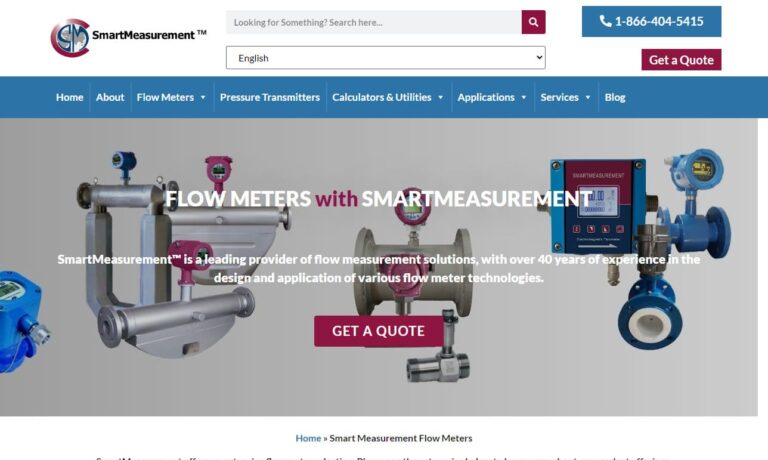
SIKA is a developer and manufacturer of flow control products and a wide variety of other measuring and monitoring systems. Our inventory includes flow sensors, flow meters, flow switches, and many more. We know that flow solutions aren't one-size-fits-all, which is why we provide consultation and flow management solutions that are individualized and customized to your requirements. When you...

At Max Machinery Inc., we pride ourselves on being at the forefront of precision engineering, specializing in high-performance flow meters. Our products are designed to meet the most demanding applications, ensuring accuracy, reliability, and durability. We manufacture a range of flow meters that cater to diverse industries, from automotive and aerospace to pharmaceuticals and chemical processing.

More Flow Meter Manufacturers
Flow meters are versatile instruments that measure various parameters such as absolute pressure, differential pressure, viscosity, and temperature. They are typically employed to monitor fluid flows within enclosed systems like pipes, although some are designed for open channel applications. Depending on their use, these essential devices may be known as flow gauges, flow indicators, or liquid meters.
History of Flow Meters
Flow measurement has played a vital role in commercial activities since ancient times. In the early Sumerian cities, rudimentary methods were devised to measure water flow, ensuring fair distribution through aqueducts and irrigation systems. The ancient Egyptians also developed basic weir structures to gauge the Nile’s flow, enabling them to predict floods and plan their harvests. In the Chinese state of Qin, simple flow measurement tools were used to manage governmental irrigation systems efficiently.
The journey of modern flowmeters began in 1738 with Swiss scientist Daniel Bernoulli, who first assessed water flow characteristics using differential pressure. In 1791, Italian physicist Giovanni Battista Venturi revolutionized liquid flow measurement with his invention of the Venturi tube. Almost a century later, American inventor Clemens Herschel refined this device to measure flows in open channels. Despite these early strides, it wasn’t until the post-World War II industrial boom that significant progress in flowmeter technology occurred. The 1960s brought remarkable advancements with miniaturization and precision technology. The commercial surge of the 1990s further expanded the use and proliferation of flowmeters, driving continuous innovation in the field.
Flow Meter Parts and Configurations
Flow meters are crafted from various materials, including plastic and industrial metals such as bronze and iron (both cast and ductile types). Some flow meters feature meticulously selected materials to enhance performance. Typically, these devices are composed of three primary components: the primary device, the transducer, and the transmitter (or pressure transmitter). The transducer and transmitter operate in tandem, with the transducer detecting the fluid flow through the primary device and the transmitter converting this information into a readable signal.
Flowmeters are adaptable instruments designed for various configurations. They can be equipped with multiple attachments or integrated into extensive industrial systems. Typically, flowmeters are installed in one of three distinct styles: insertion, where they are placed directly into the fluid flow; in-line, where they are positioned within the pipeline; and non-invasive, where they measure flow from outside the pipe without direct contact with the fluid.
In-line flow meters effortlessly blend into a larger system, providing continuous measurement, while insertion flow meters gather data from a distinct point. Non-invasive flow meters, on the other hand, remotely measure flow without direct contact. For example, an insertion flow meter is placed at a specific location on a pipe to deduce the overall fluid flow. In contrast, an ultrasonic flow meter, a type of non-invasive meter, uses the Doppler effect to detect changes in frequency caused by particles or gas bubbles within the fluid, providing accurate flow measurements from a distance.
Types of Flow Meters
Flow meters, akin to other industrial instruments, exhibit a vast array of varieties. These devices can be categorized by their operating principles and the specific parameters they measure. Among the most prevalent types are water flow meters, flow switches, fuel flow meters, peak flow meters, air flow meters, and ultrasonic flow meters. Each variant is meticulously crafted to address distinct measurement needs, highlighting the rich diversity within this category of instruments.
How They Operate
Positive displacement (PD) flow meters, also known as volumetric flow meters, are designed to precisely measure the volume of fluid passing through them, often in units like cubic inches or liters. They work by capturing and transporting liquid using rotating components within the meter. As the fluid moves, these components rotate, and the flow created between the meter’s body and its seals is measured. The output of the meter is directly proportional to the volume of fluid that passes through it. PD flow meters come in several varieties, including bi-rotor flow meters(such as oval gear or helical gear types), reciprocating piston flow meters, and rotary/oscillating piston flow meters.
Velocity flow meters are vital instruments for gauging the volume of fluid flow by first capturing the fluid’s velocity. Among these, ultrasonic flow meters and time-of-flight meters utilize sound waves to determine flow rates. Turbine flow meters measure fluid flow by observing the speed of rotating blades. A distinctive variant, the vortex flow meter, works by introducing an obstruction into the fluid’s path, causing the formation of symmetrical vortices around it. These vortices alter the flow pressure, which is detected by a sensor positioned between them. This sensor relays the pressure changes to an electronic signal conditioner for precise processing.
Unlike volumetric flow meters, which gauge the volume of liquid, mass flow meters determine the mass of the liquid, represented in kilograms or pounds. Despite this difference, mass flow meters, much like their volumetric counterparts, produce an output signal directly linked to the mass of the liquid flowing through them. Notably, Coriolis and thermal flow meters are among the most renowned types of mass flow meters.
Inferential flow meters gauge volume, velocity, and mass by examining related variables. Prominent types include differential pressure flow meters and variable area flow meters.
Magnetic Flow Meters and the Pharmaceutical Industry
As pipeline networks gain importance, the demand for devices that can autonomously monitor pipe flow has skyrocketed. Enter the flow meter—a device that not only gauges the volumetric flow of liquids but also measures their absolute and differential pressure. In 2021, the flow meter market was valued at about USD 7.7 billion, with forecasts predicting growth to USD 10.3 billion by 2026. Flow meters are primarily used in the water and wastewater industries, where they are essential in various stages of treatment processes, ensuring the clean discharge of effluents.
Market research from 2020 highlighted magnetic flow meters, or magmeters, as the leading choice among flow meter technologies. Utilizing electromagnetic induction, magmeters have become essential in the food and beverage industries. Their standout feature is their reliable performance, remaining stable regardless of changes in water characteristics such as concentration, density, temperature, viscosity, or electrical conductivity.
Unlike other industries that have smoothly integrated magnetic flow meters, the pharmaceutical sector has faced challenges with traditional flow meter types. The primary issue stems from their use of ultrapure water, which has such low conductivity that magnetic flow meters are ineffective for accurate measurements. Bürkert addressed this challenge by creating the FLOWave flow meter, which employs surface acoustic wave technology. This innovative device eliminates direct contact with the liquid, overcoming various problems that conventional flow meters face, including system vibrations and liquid conductivity, among others.
To keep your operations running smoothly, it’s essential to have a deep understanding of and consistently maintain your pipe networks. Additionally, staying up-to-date with the latest innovations and advancements in the industrial sector will help you stay ahead of emerging technologies and developments.
What They Measure
Flow meters often derive their names from the specific phenomena or substances they are designed to measure. For instance, water flow meters are engineered to gauge the rate at which water moves through diverse settings, from tubes and rivers to streams, channels, and even partially filled pipes. Air flow meters, as their name implies, measure the flow of air. Peak flow meters, on the other hand, are tailored for individuals with asthma or other respiratory conditions, enabling medical professionals to evaluate their oxygen intake. Fuel flow meters, available in positive displacement, ultrasonic, or turbine varieties, track fuel consumption in both stationary pumps and vehicles.
Flow meters often come with a range of useful accessories. Distinct from other meters, flow switches include an additional component—a switching unit that manages flow control. These switches can activate alarms, either audible or visual, if the flow rate strays from the set parameters. Another frequently paired accessory is the observation window, or flow indicator, which provides a visual gauge of the flow.
Additional Information on Coriolis Flow Meters
THE CORIOLIS PRINCIPLE
In 1835, French mathematician Gustav Coriolis unveiled the Coriolis Principle, which explains why an inertial force must be considered when examining the movement of objects in a rotating system. Picture throwing an object from the North Pole towards the Equator—it would appear to veer off its path. This curious deviation, caused by the rotation of the Earth, perfectly illustrates the Coriolis Effect.
APPLICATIONS OF THE CORIOLIS EFFECT
The Coriolis Principle has some interesting natural and industrial applications:
METEOROLOGY: The Coriolis Principle, though subtle, exerts a profound influence on our planet. It affects the Earth’s rotation and profoundly shapes weather patterns, steering the grand currents of both the oceans and the atmosphere. In the vast oceans, this principle births powerful phenomena such as jet streams and western boundary currents. As hurricanes develop, the Coriolis Effect amplifies their wind speeds, transforming these storms into more intense and devastating forces of nature.
BALLISTIC TRAJECTORIES: In ballistics, the Coriolis force is essential for determining the trajectories of long-range artillery shells. This force subtly shifts the bullet’s path, affecting accuracy over great distances. Long-range shooters, such as snipers, must factor in this effect to maintain pinpoint precision in their aim.
CORIOLIS FLOW METERS: These flow meters utilize the Coriolis Effect to precisely measure the volume of fluids moving through tubes or pipes. They offer simultaneous readings of mass flow, density, temperature, and viscosity. The Coriolis principle is widely applied across diverse sectors, such as life sciences, chemicals, petrochemicals, oil and gas, food production, and custody transfer operations.
In industrial settings, vital fluids—such as water, oil, gas, juices, and chemicals—navigate through pipelines, each exhibiting unique behaviors shaped by the pipeline’s design, temperature, and pressure conditions. These variables can lead to inaccuracies with traditional volume measurements. Coriolis flow meters address this challenge by directly measuring mass flow rather than volume, providing a more accurate and reliable means of monitoring these fluids.
MEASUREMENT OF MASS FLOW RATE
Coriolis flow meters are fundamentally mass meters, as they measure mass directly rather than volume. Since mass is constant regardless of material properties, these meters do not need recalibration for different substances.
At the heart of a Coriolis flow meter lies its distinctive U-shaped tube, which plays a pivotal role in generating accurate measurements. As the material flows through this tube, it sets off angular harmonic oscillations, leading to subtle deformations that the meter then translates into precise readings.
The excitor ensures a steady and consistent oscillation of the tube, maintaining uniform movement even in the absence of flow.
Sensors placed at both the inlet and outlet keep a watchful eye on oscillations. When there’s no flow, these oscillations stay steady. But once fluid or gas enters the system, this steadiness is disrupted. The liquid’s inertia causes the inlet and outlet sections of the tube to oscillate in opposite directions. Over time and space, the sensors pick up on this shift, recognizing it as a phase shift.
The flow meter receives data derived from the tube’s fluctuations and phase shifts, and then provides precise information about the mass, volume, and density of the fluid or gas.
Flow Meter Advantages
Flow meters are indispensable in the industrial sector, providing substantial benefits compared to point sensors. They offer precise measurements of fluid flow characteristics across entire systems. With a range of techniques and designs at their disposal, flow meters are versatile tools used in a multitude of industries. From HVAC and construction to chemicals, raw materials, paper and pulp, metallurgy, automotive, gas and petroleum, utility services, medical treatments, pharmaceuticals, and brewing, their applications are both broad and essential.
They are chosen for their resilience to specific environmental conditions tailored to their intended applications. For example, gear meters, with their streamlined design, thrive in laboratory settings exposed to hazardous conditions. Ultrasonic flowmeters are ideal for unhygienic environments where traditional models might struggle. Meanwhile, vortex meters are particularly effective in high-temperature scenarios or where environmental conditions change rapidly.
Considerations When Selecting Flow Meters
When selecting a flow meter, the primary focus should always be on ensuring it aligns perfectly with its intended application. Unfortunately, many industries often deploy application-specific flow meters in situations for which they were not designed, primarily to cut initial costs. This shortsighted approach can lead to significant long-term expenses. For example, using a flow meter not suited for handling “two-phase” fluid flows—such as those involving a mix of liquid and gas or liquid and solid—can result in clogging and inaccuracies. Choosing a less expensive, inappropriate flow meter for these scenarios often leads to costly consequences later on.
In evaluating the factors, prioritize the following considerations:
- Approach for acquiring and analyzing data from the flow meter, encompassing continuous versus totalized readings, as well as the protocols and techniques for remote data sharing.
The physical characteristics of the fluid being examined, such as its viscosity and chemical makeup.
Features of the piping or infrastructure managing the fluid flow, including its diameter and arrangement.
When choosing a flow meter, it’s important to take into account several key factors: the range of flows—both maximum and minimum, measured in volume and mass; the operational temperatures and pressures it can handle; the acceptable pressure differentials; and potential environmental hazards, like combustible gasses.
By carefully assessing these criteria, you can usually identify the best flow meter for your needs through a process of elimination. For example, if your fluid has high viscosity, turbine flow meters can be swiftly ruled out.
To ensure optimal performance and precise readings, it’s essential to adhere to specific guidelines when handling flow meters. For accurate measurements, whether dealing with gas, air, or liquid flow, the meter should always be maintained with the appropriate medium. Operators need to be diligent about removing any contaminants that might affect accuracy, such as gas in liquid flow meters, and should account for factors like the quality and viscosity of air, fluids, or gasses.
To ensure your flow meter operates at peak efficiency, steer clear of using it in downward liquid flow situations or positioning it downstream of flow disturbances, as these conditions can greatly impair accuracy. Consistent maintenance is crucial for prolonging the lifespan of your flow meter. Opting for models with no moving parts can also be beneficial; these tend to require less upkeep, such as lubrication, and eliminate the clearance gaps that might compromise precision.
A well-maintained and closely monitored flow meter not only delivers essential data but also boosts operational efficiency, improves application safety, and ensures greater accuracy.
Selecting the right flow meter supplier is essential for simplifying and accelerating the flow meter selection process. A trusted supplier does more than just provide customized tools like flow meter evaluation forms; they also offer expert advice to help you make the best choices for your specific needs. Additionally, they play a vital role in the installation phase, offering detailed wiring diagrams and support to ensure smooth and efficient integration.


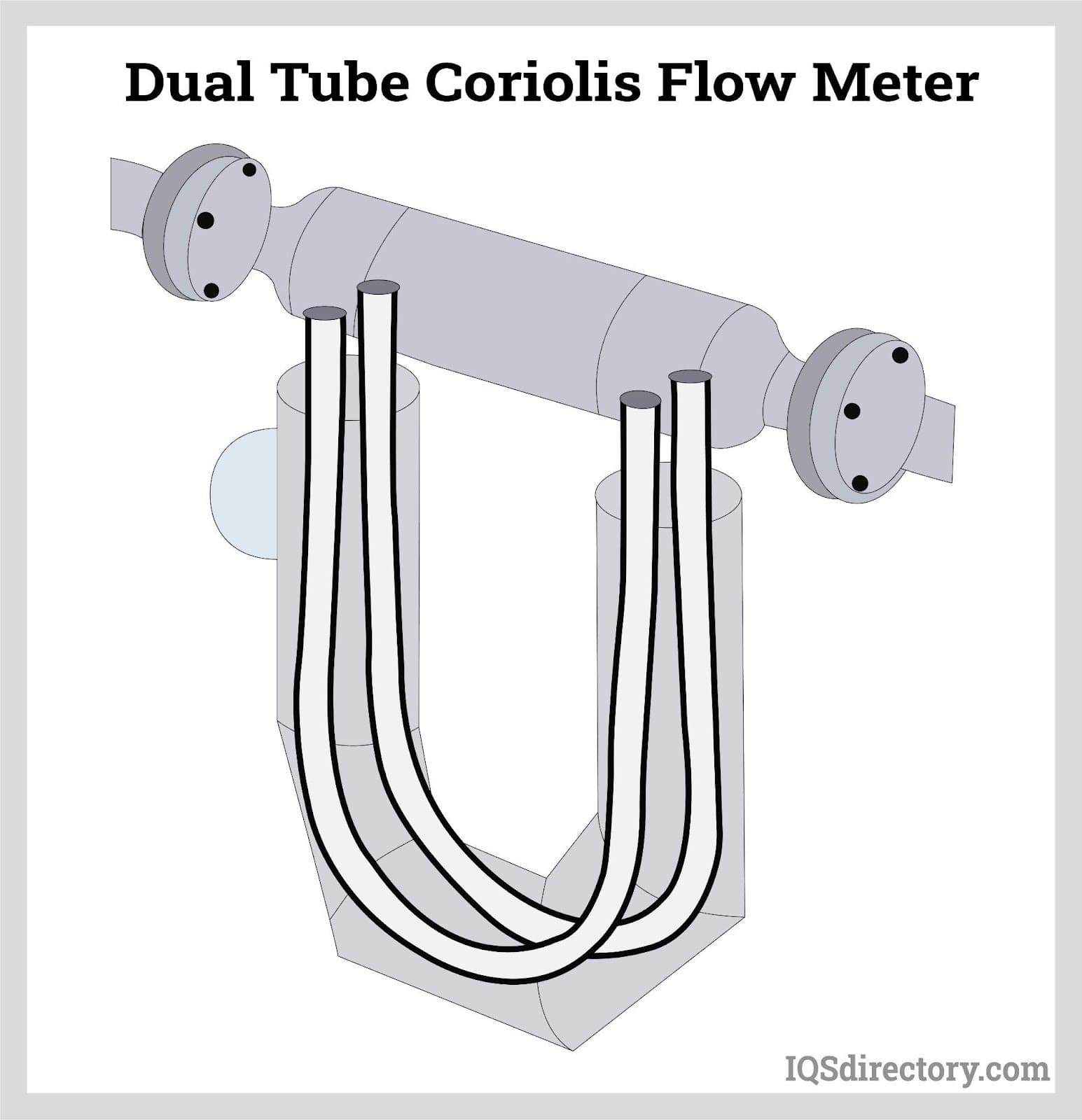
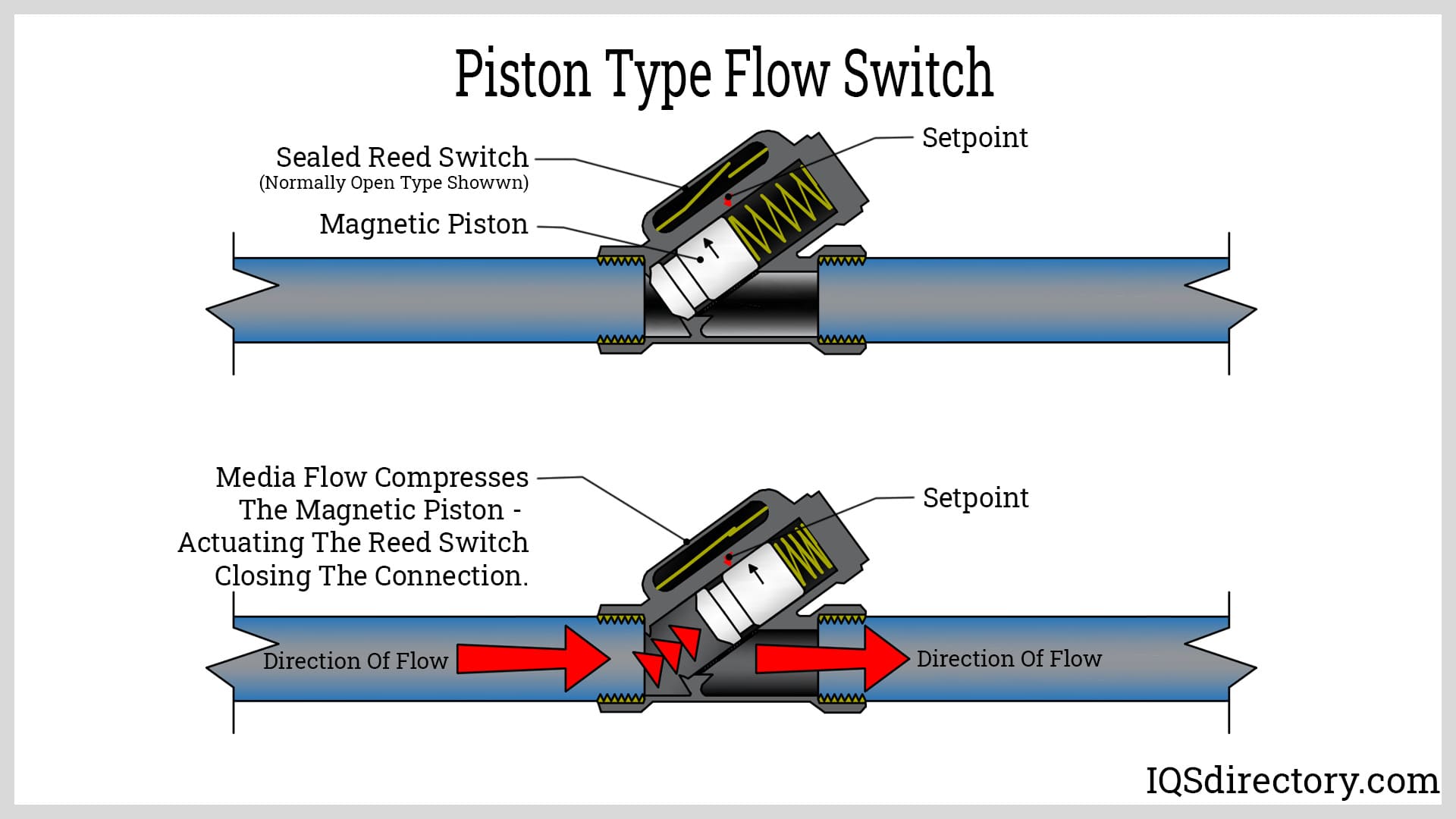
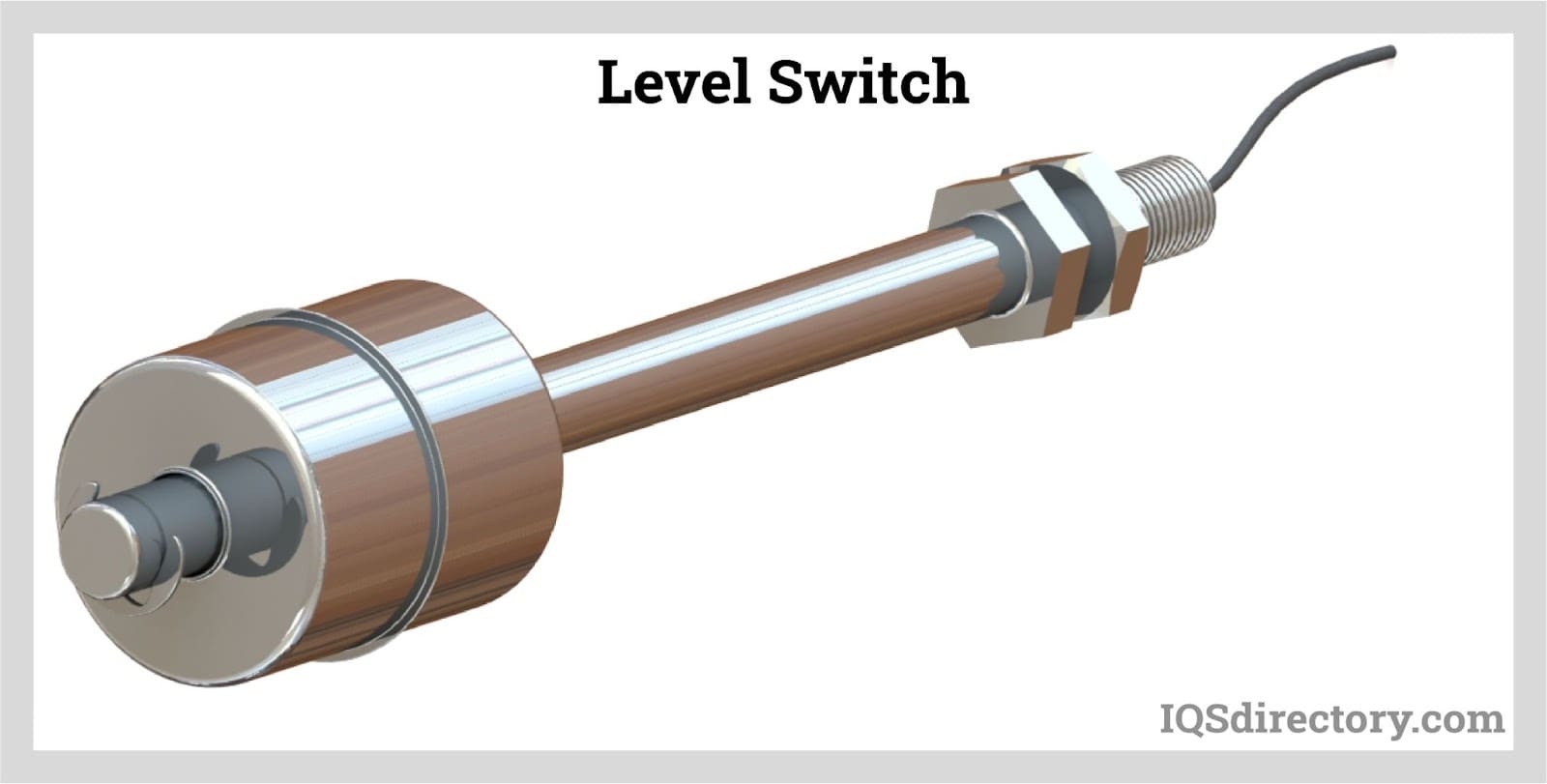
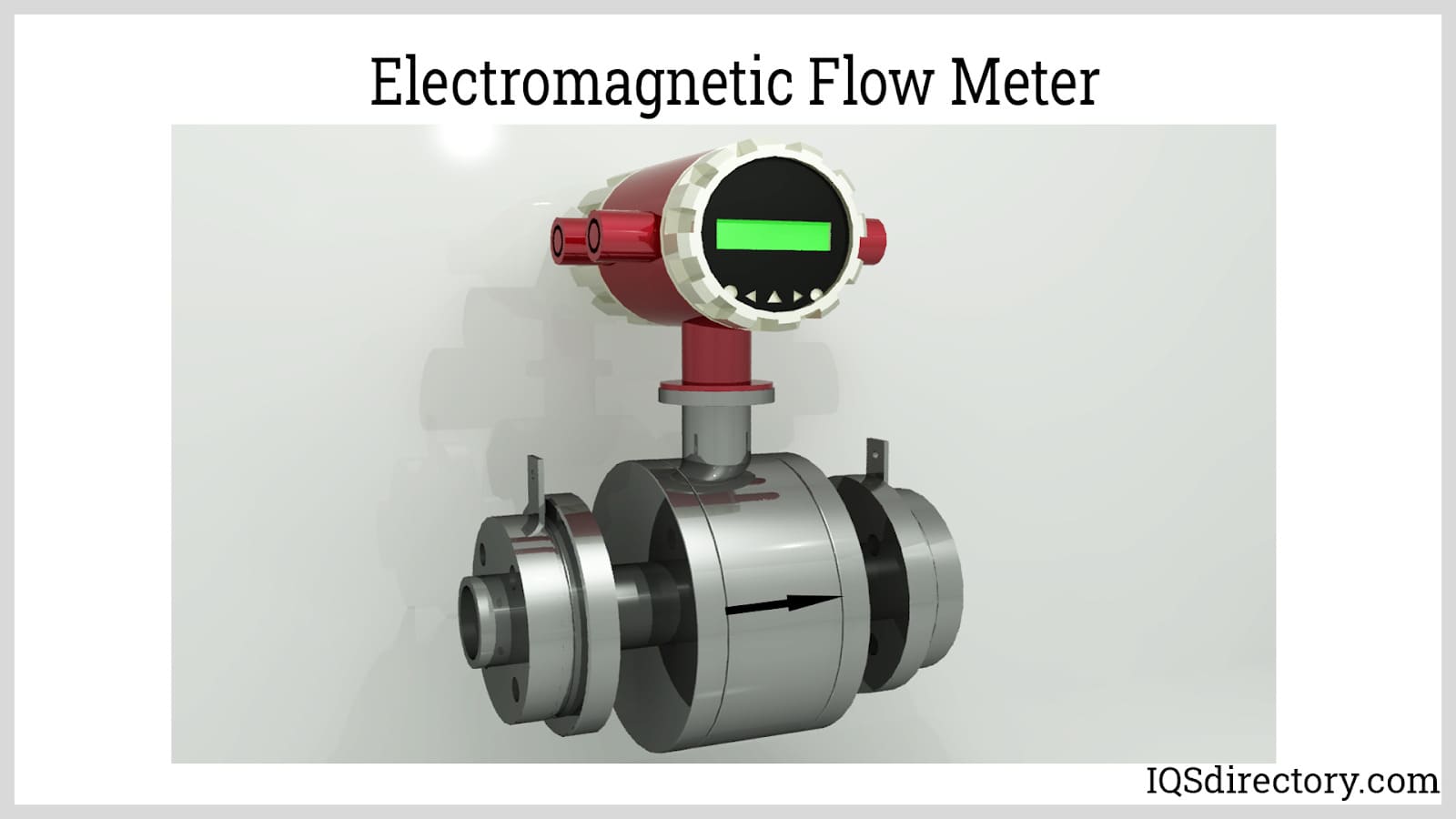
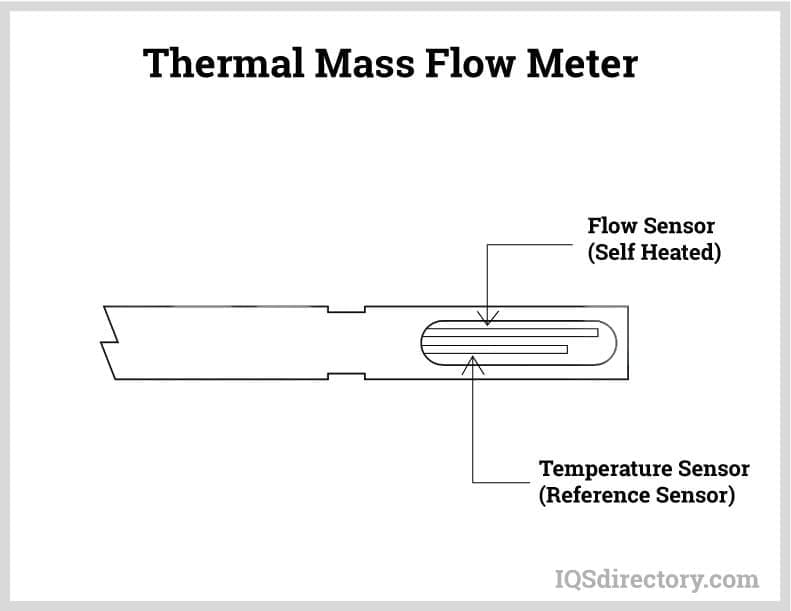
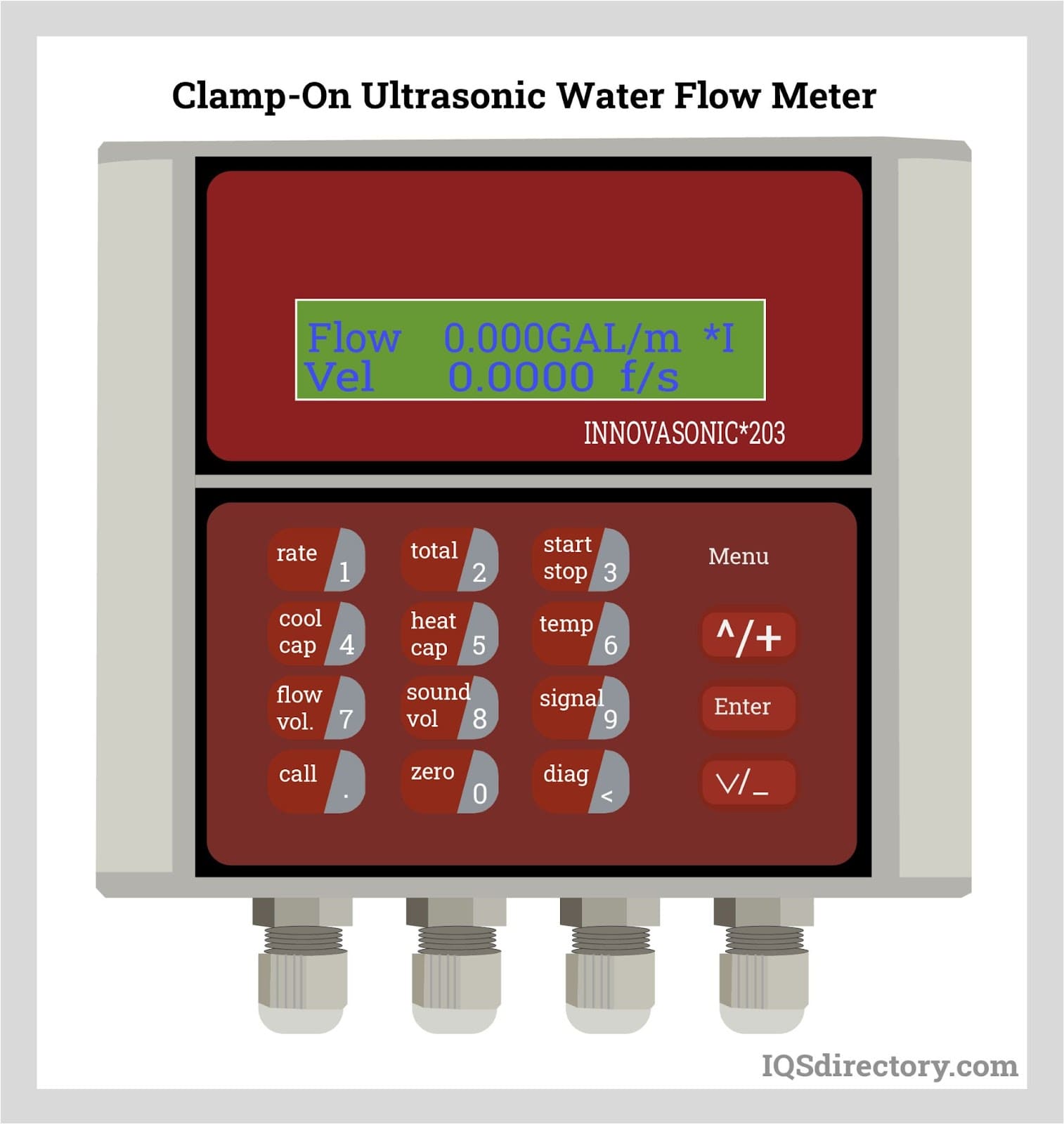
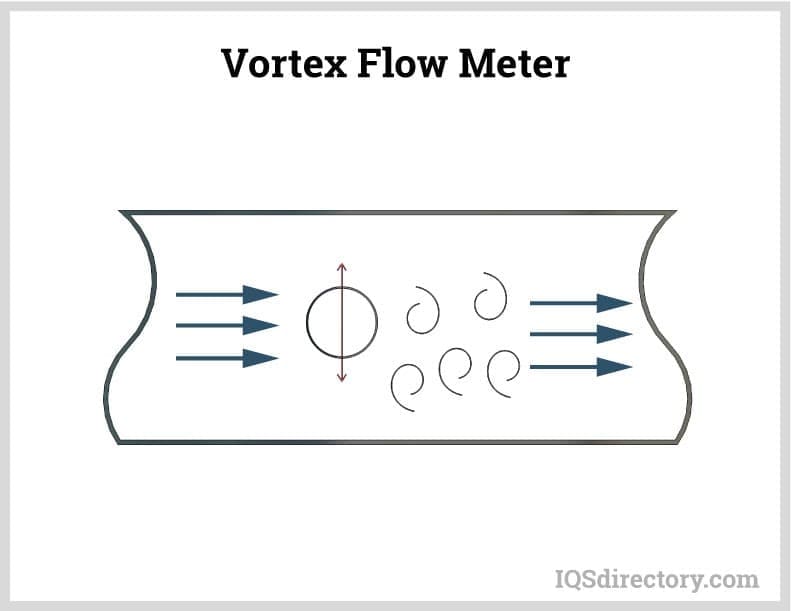
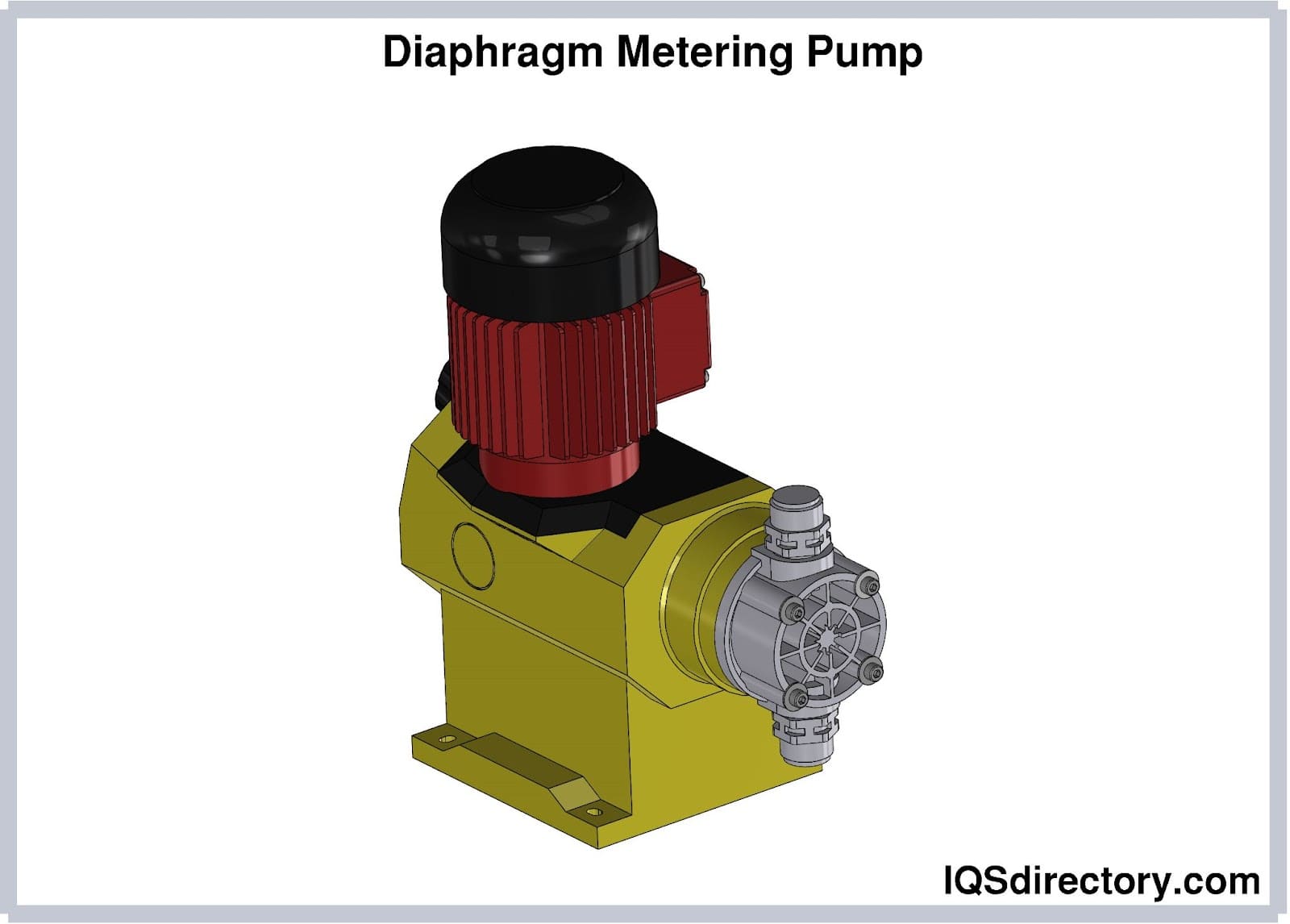
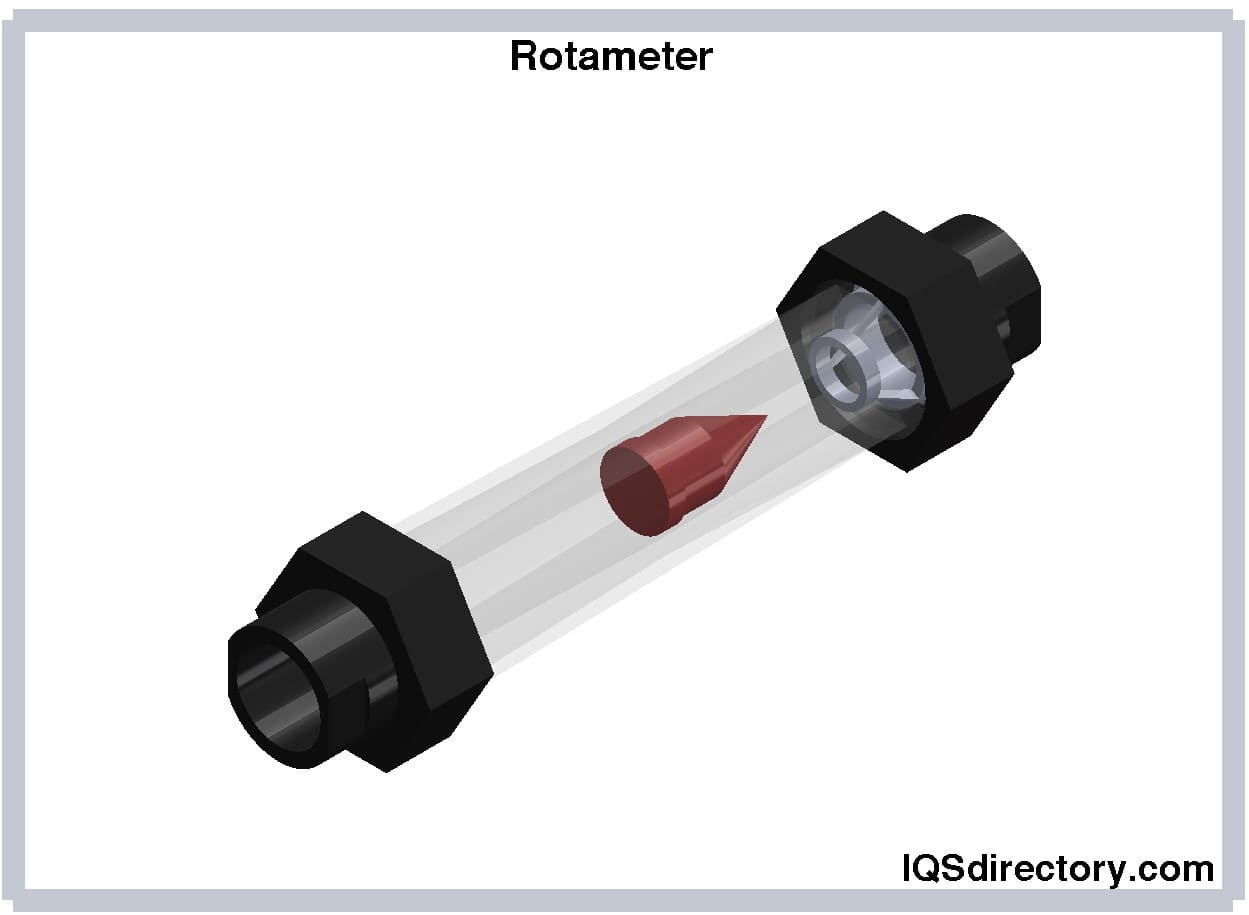
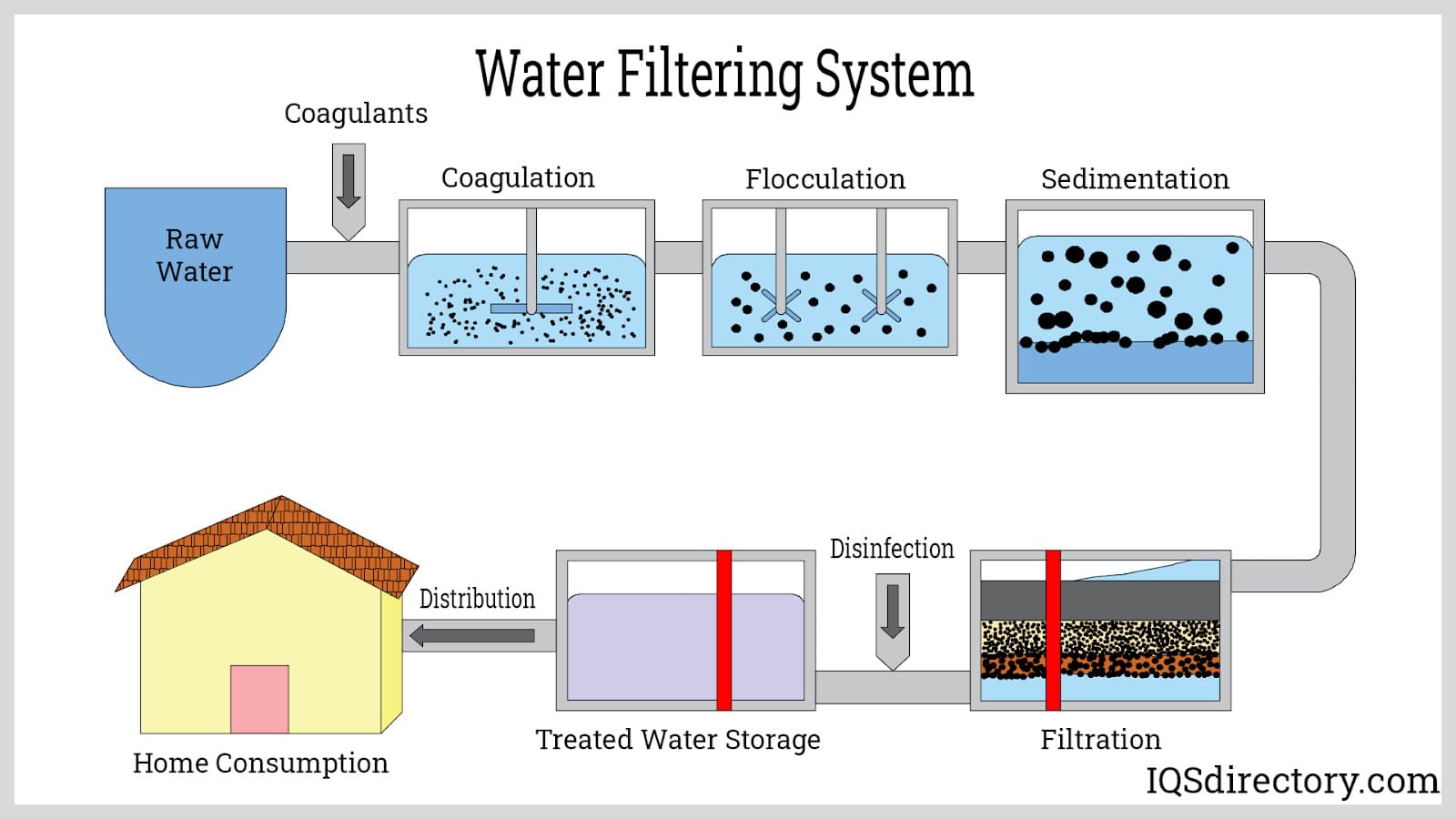
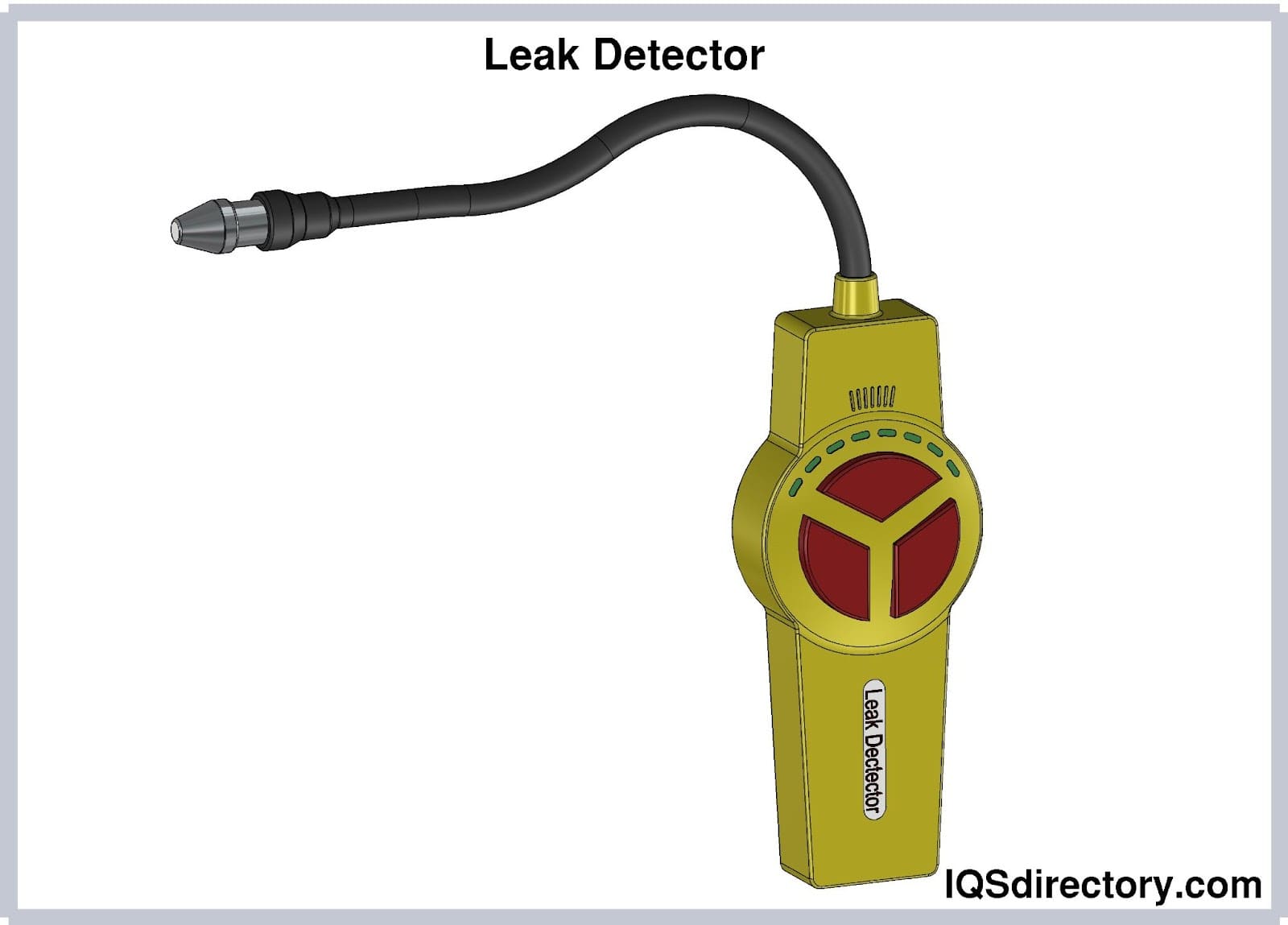
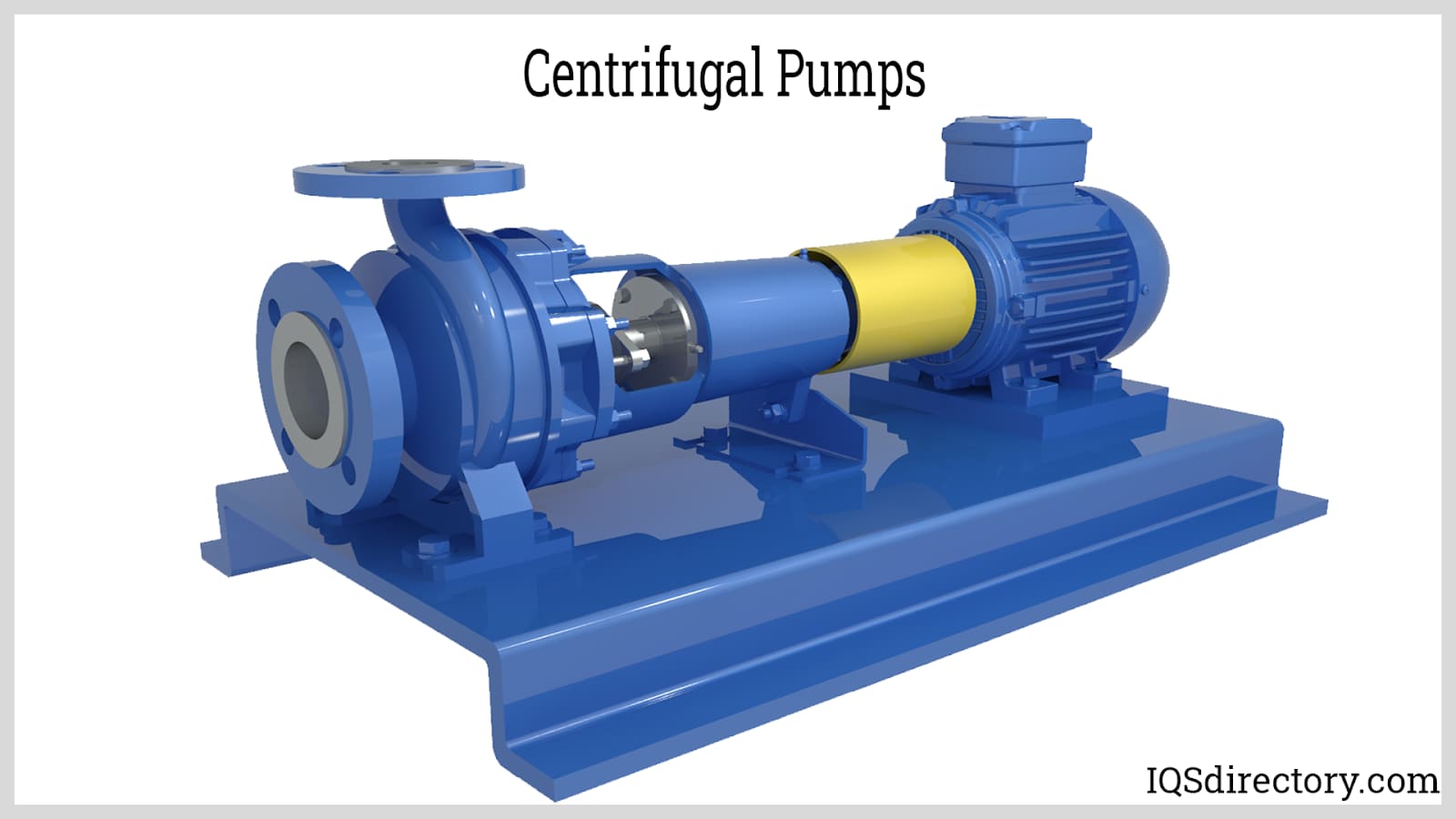
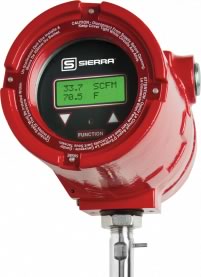 Flow Gauges
Flow Gauges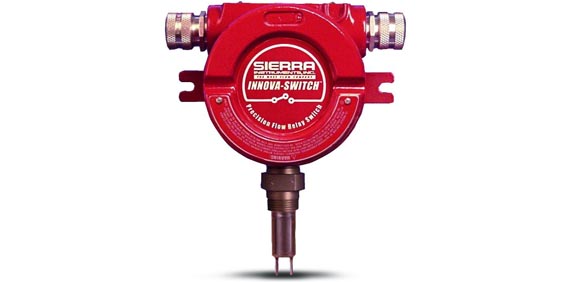 Flow Indicators
Flow Indicators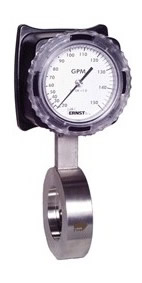 Flow Meters
Flow Meters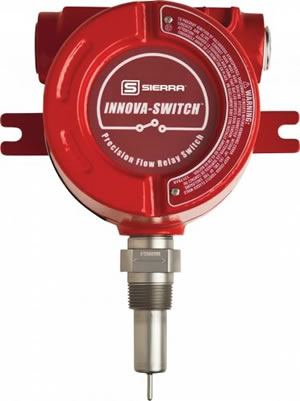 Flow Switches
Flow Switches Castings & Forgings
Castings & Forgings Bulk Material Handling
Bulk Material Handling Electrical & Electronic Components
Electrical & Electronic Components Flow Instrumentation
Flow Instrumentation Hardware
Hardware Material Handling Equipment
Material Handling Equipment Metal Cutting Services
Metal Cutting Services Metal Forming Services
Metal Forming Services Metal Suppliers
Metal Suppliers Motion Control Products
Motion Control Products Plant & Facility Equipment
Plant & Facility Equipment Plant & Facility Supplies
Plant & Facility Supplies Plastic Molding Processes
Plastic Molding Processes Pumps & Valves
Pumps & Valves Recycling Equipment
Recycling Equipment Rubber Products & Services
Rubber Products & Services